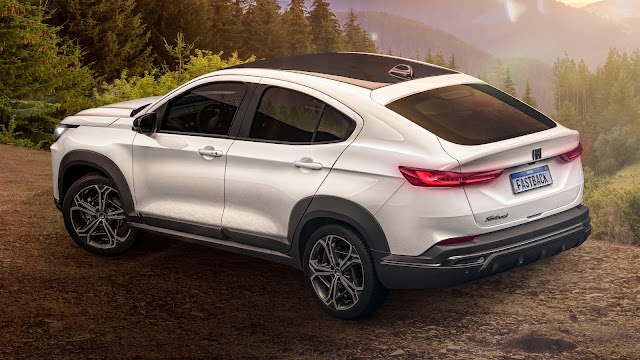I'll be the roundabout...
Às vezes é bom pensarmos não só nos carros, mas também nas coisas ao redor dele. Eu sou um fã de rotatórias, acho muito mais inteligentes que semáforos.
Pra quem quiser testar o inglês, aí vai a explicação técnica.
Roundabouts are safer than traditional intersections for a simple reason: By dint of geometry and traffic rules, they reduce the number of places where one vehicle can strike another by a factor of four. They also eliminate the left turn against oncoming traffic—itself one of the main reasons for intersection danger—as well as the prospect of vehicles running a red light or speeding up as they approach an intersection to "beat the light." The fact that roundabouts may "feel" more dangerous to the average driver is a good thing: It increases vigilance. It's unlikely the average driver killed or severely injured in a high-speed "T-bone" crash as they drove through a green light felt much risk. In addition, drivers must slow to enter a roundabout: Placing an obstacle in the center makes this not only a physical necessity but visually disrupts the speed-encouraging continuity of the street. Motorists also travel through a roundabout more slowly than they would a traditional intersection: Roundabouts are typically built using what's called "negative superelevation," meaning that water flows away from the center and also that the road slopes against the direction of a driver's turn. As a result, any crashes in a roundabout take place at lower speeds and are thus less likely to be fatal. While roundabouts can be more costly to install than other kinds of traffic controls, such calculations don't take into account the fact that reducing fatal crashes also reduces social and monetary costs.


Comentários
É o que o autor defende. Não coloquei o texto todo, no qual ele diz que rotatórias diminuem o número de acidentes mas, principalmente, reduzem a gravidade deles, pois passam a ser acidentes de pequena monta.
Nos horários de pico, o trânsito se torna insuportável, pois, além de a rotatória forçar o motorista a reduzir a velocidade, há algumas que ainda contém lombadas no meio, o que, em minha opinião, é desnecessário.
Mesmo assim, prefiro as rotatórias do que os semáforos.
Belo artigo, Dub!
Um exemplo de rotatórias que controla fluxo é o bairro Sudoeste aqui em Brasília. Sem sinais mas ainda assim eficiente.